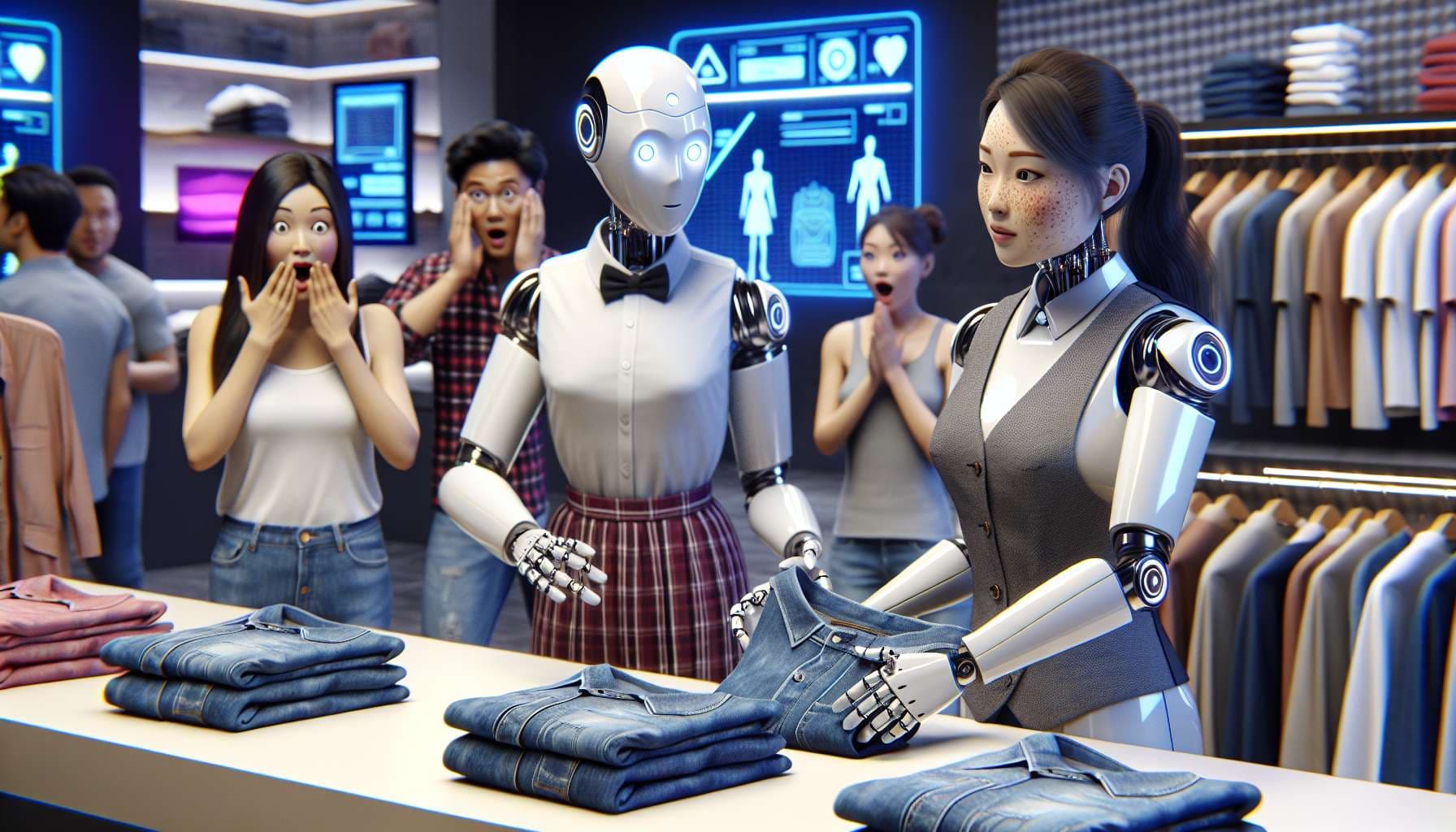
People are also trading
@shankypanky small note that this is still teleoperation. Give it thousands upon thousands of real world examples for learning like the fsd stack and we are done
@Vozze sure, this wasn't meant as a suggestion for a resolution. just a seemed like a somewhat niche question (and an easy yes in the time frame) but I underestimated the desire people have not to fold their own laundry 👕
I would argue the distance between the current SOTA and the goal as described in this market is rather small.
https://mobile-aloha.github.io/
Project page for: Mobile ALOHA
Learning Bimanual Mobile Manipulation with Low-Cost Whole-Body Teleoperation.
Factor into this another 30x increase in available compute by then following Moores law and resolution is basically guaranteed.
@Vozze No way the robot can do it as fast as a human.
No way it would be as reliable and as precise when it comes to different types of clothing.
And why would anyone try to make it this fast and reliable when there is no need for this type of robot?
I think it's very much possible by 2030 but very unlikely that anyone would actually pour enough money and time to make it as fast and reliable as humans.
@JacobBaxter I was surprised but some people refer to Mobile ALOHA has humanoid. The original ALOHA was not, so I think the broad interpretation is "a mobile robot with two arms" but not necessarily one that can walk or climb stairs. Curious whether FUH thinks a wheeled base is adequate or legs are necessary.
@JacobBaxter I'd also ask for humanoid to be defined here. I'd also like to know what's in scope for "as well and as fast."
My actual guess is that folding clothes is fairly easy, but autonomously navigating a store environment on two legs is hard. I'd also guess that gathering up clothes from various spots and getting everything organized to work on is challenging.
If we have a robot that needs to be escorted to the pile of clothes, have the clothes placed in an easily accessible place, and then it folds from there, but is faster at the actual folding, does that count? Or does it need to be able to autonomously roam the store, picking up articles of clothing from arbitrary locations, then folding and organizing all of it? What if stores need to be redesigned somewhat to accommodate the robot's capabilities?
@Lorxus Nope. If non-humanoid robots can do this, it wouldn't bear any relevance on whether humanoid robots can do it
@firstuserhere In that case it would in fact resolve NO, if only non-humanoid robots can do it, because that would only happen if humanoid robots could not do it.